Rosserk Friary, nestled along the serene banks of the River Moy near Ballina in County Mayo, Ireland, stands as a testament to the country’s medieval ecclesiastical architecture and the Franciscan order’s enduring legacy. Founded in the mid-15th century, this preserved Franciscan friary provides a window into the religious, educational, and architectural advancements of its time.
Founding and Historical Context
The Franciscan Friary at Rosserk was established circa 1440, attributed to the generous patronage of the Joyce family, prominent local landowners. This period in Irish history was marked by a flourishing of monastic life and piety, with the Franciscan Third Order Regular playing a pivotal role in the spiritual and educational upliftment of the surrounding communities. Rosserk Friary, dedicated to the Third Order of St. Francis, emerged as a center for religious contemplation as well as an educational hub.
Architectural Significance
Constructed in the late Irish Gothic style, Rosserk Friary exhibits the era’s architectural ingenuity and the masons’ skill. The friary’s layout includes a single-aisle nave, complemented by two chantry chapels within the south transept, and an imposing bell tower that presides over the chancel arch. One of the notable features is the finely carved west doorway, leading visitors into a space that once echoed with the prayers and chants of its Franciscan inhabitants.
The conventual buildings adjacent to the church were well-designed to meet the community’s needs, housing a dormitory, refectory, and kitchen on the upper floor. Remarkably, two fireplaces remain intact, back-to-back, illustrating the friary’s domestic aspects. The decorative double piscina, used for washing communion vessels, highlights the intricacy of stone craftsmanship prevalent during the period.
Educational Role
Rosserk Friary was not merely a place of worship but also an educational institution. The Franciscan Third Order Regular, to which the friary belonged, included both clerical and non-clerical members who engaged actively in the local community. The monastery’s classrooms were vital in teaching Latin, mathematics, and the history and culture of Gaelic Ireland, preserving the region’s heritage and traditions through generations.
Decline and Preservation
The late 16th century was a tumultuous period for monastic institutions across Ireland, and Rosserk Friary was no exception. In 1590, the friary was burnt by Sir Richard Bingham, the governor of Connacht, as part of the Elizabethan reformation efforts. Despite this, the structure remains in a remarkable state of preservation today.
The friary’s bell tower, church, and conventual buildings stand as enduring relics of a bygone era, offering insights into the daily lives of its Franciscan community. The site continues to be a place of historical and architectural interest, drawing visitors keen to explore its tranquil surroundings and the remnants of its past glory.
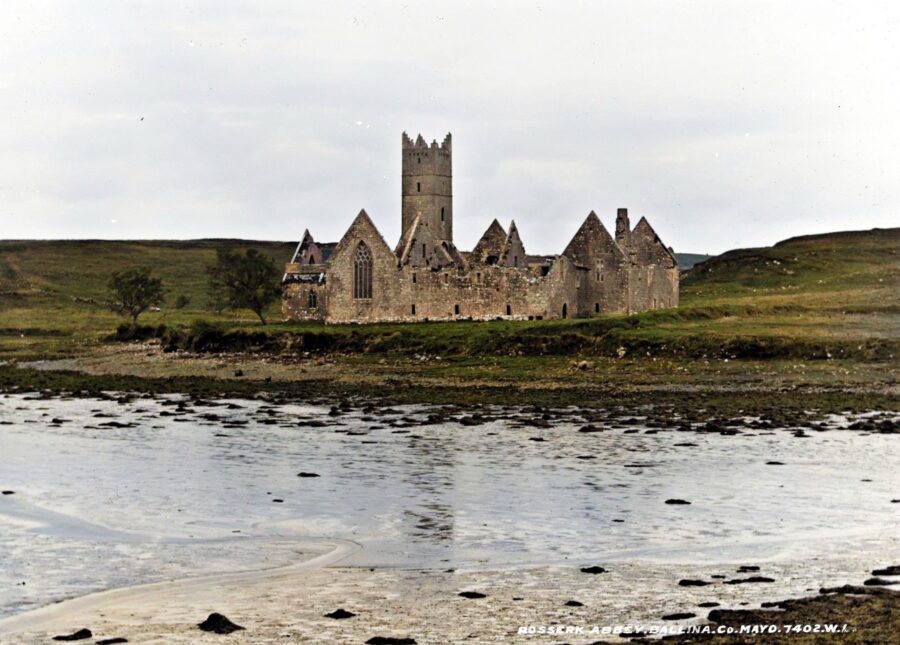


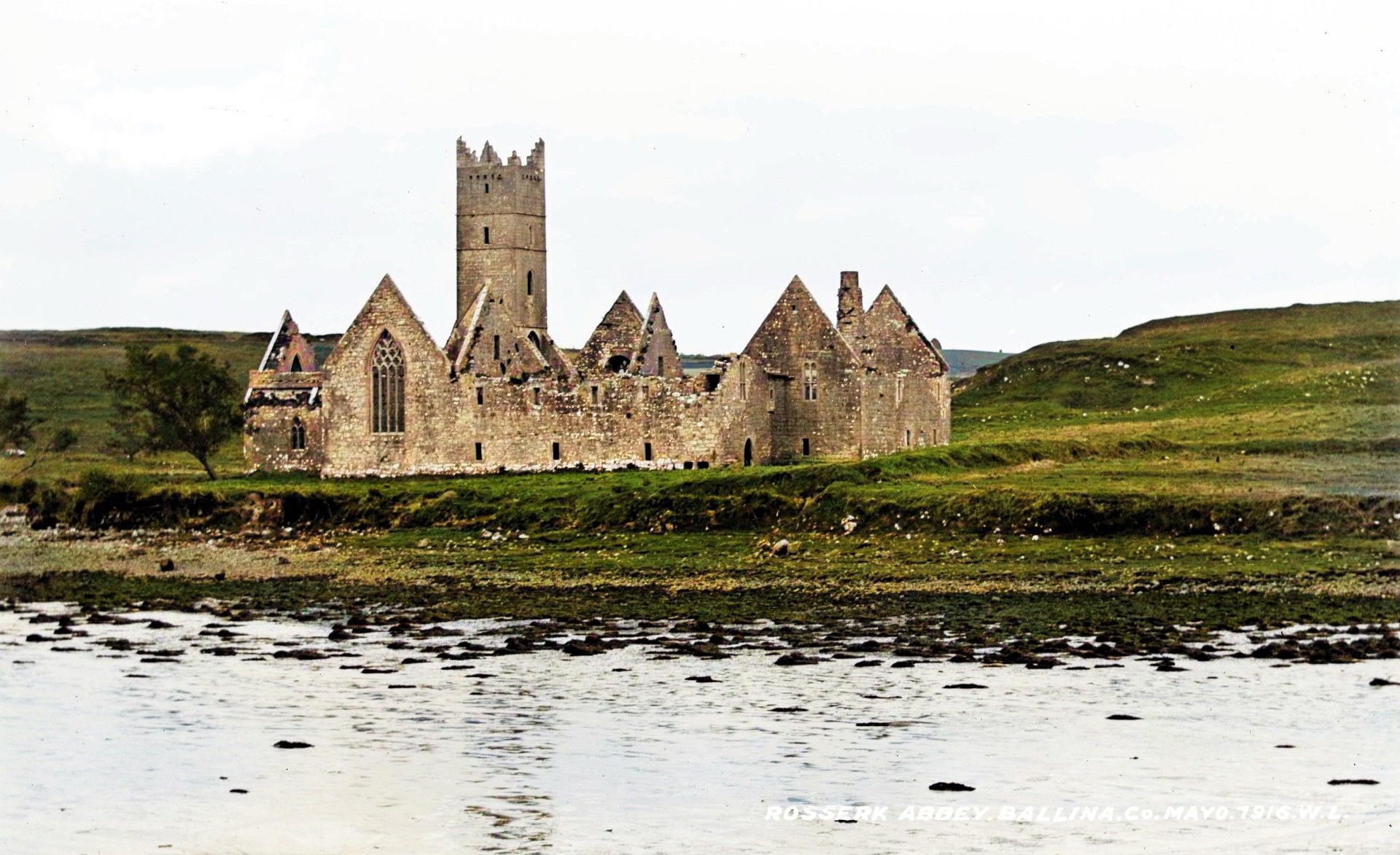
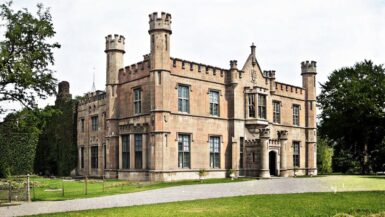
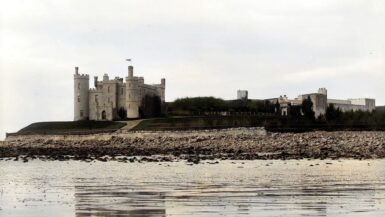
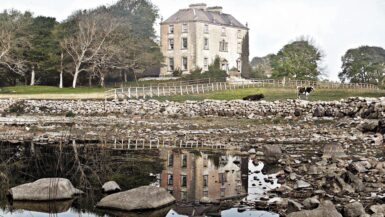
Leave a reply